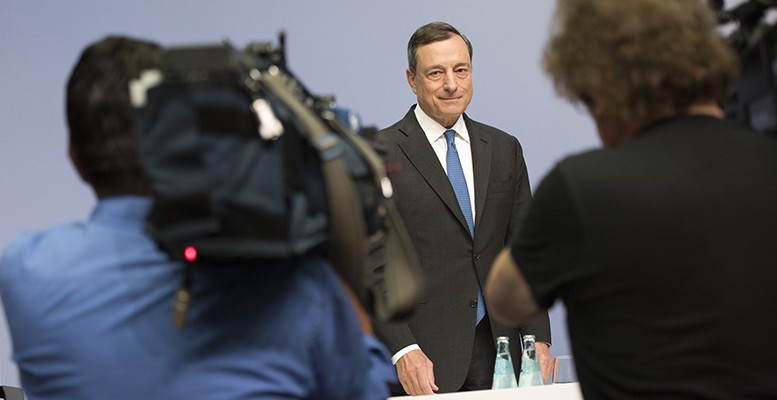BoAML experts note a rule-of-thumb for forecasting and connect it to what Mario Draghi did current week: if you spend more time focusing on the downside risks to your scenario than on the baseline, you probably should revise your baseline down. The ECB’s chairman endorsed the optimistic staff forecast enough to justify the end of QE for December 2018 and then spent the rest of the press conference insisting on the downside risks.
“This was the only way to deliver what we think was his main challenge: making sure that there would not be any continuum in the market perceptions between the end of the net purchases and a brisk pace of normalisation on rates. On this he went even beyond what we thought was possible by delivering a calendar-based forward guidance, even if the notion of “through the summer” is less precise than we would like. At this stage though, we see no strong reason to change our forecast of a first 20 bps depo rate to come in September 2019. The risk though is that this is pushed further, given the evident level of concern of the central bank, which actually begs the question of whether the ECB will actually be able to hike rates at any point in this cycle.”
True, the QE story is not completely gone away since the ECB maintained an escape clause. The end of QE in December 2018 after 3 months at EUR15bn is a mere “anticipation” (not an intention) and it is “subject to incoming data”. This is a back door return of the old “easing bias” which disappeared in March 2018 where the ECB stood ready to re-increase the purchases.
Analysts from BoAML suspect the credibility of ECB’s escape clause is as high as that of the old easing bias, i.e. very low.
QE was running out of rope anyway, and optionality on this without a very painful discussion on the capital key and 33% limits is very limited. But it’s a nice ingredient in the “dovish festival” we had. On substance though, we find it interesting Mario Draghi echoed a comment made by Vitor Constancio in the speech he delivered upon leaving the board: QE is now a structural part of the ECB’s toolbox. Even if the capacity to use it will be very limited as long as the stock of securities purchased does not normalise, it means that for the next cycle, assuming the central bank has enough time to offload before the economy turns for worse, the instrument will be ready to be used again.
What strategists find all the more surprising in the decision on forward guidance is that it was unanimous. They always thought that a significant hawkish contingent would always believe in some sort of “miracle” on core inflation and would want to retain at least the possibility to hike into 1H 2019.
Of course, forward guidance can always change, but the credibility price of moving away from a calendar-based pre-commitment would be high. This may reflect a level of concern over the risks to growth and inflation which is not limited to Draghi and his dovish allies but has broadened to the hawks. After all, if trade war is the main risk ahead, very open economies such as Germany and the Netherlands would be among the first hit.





